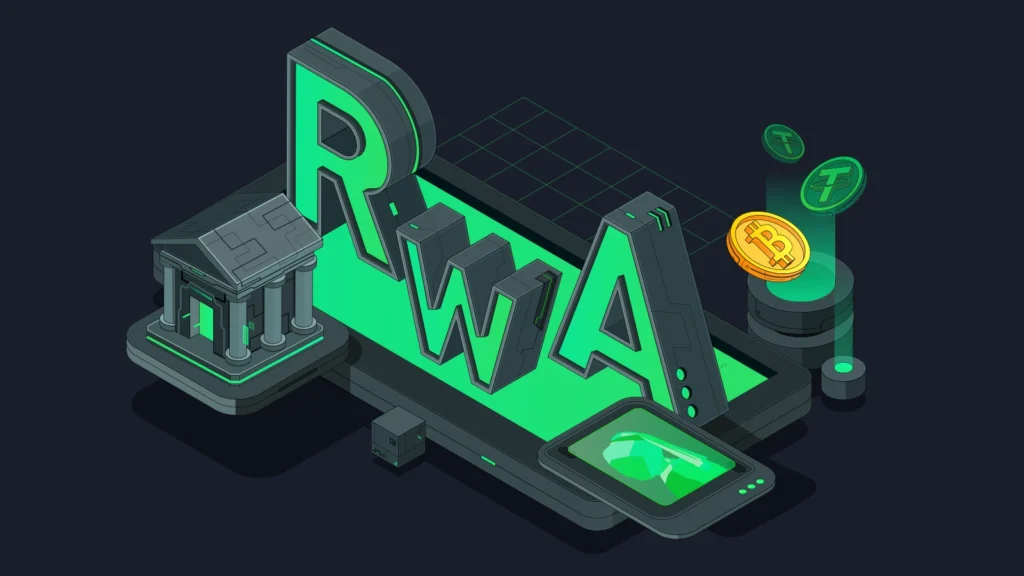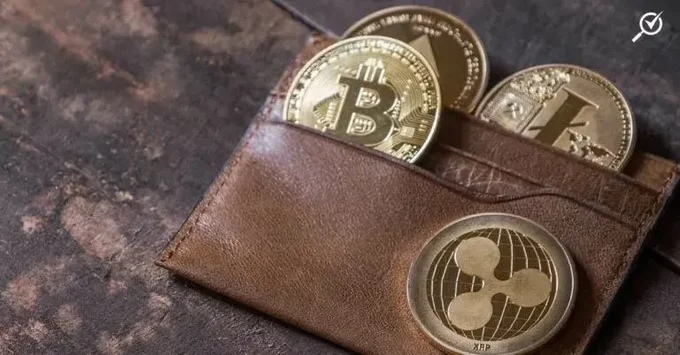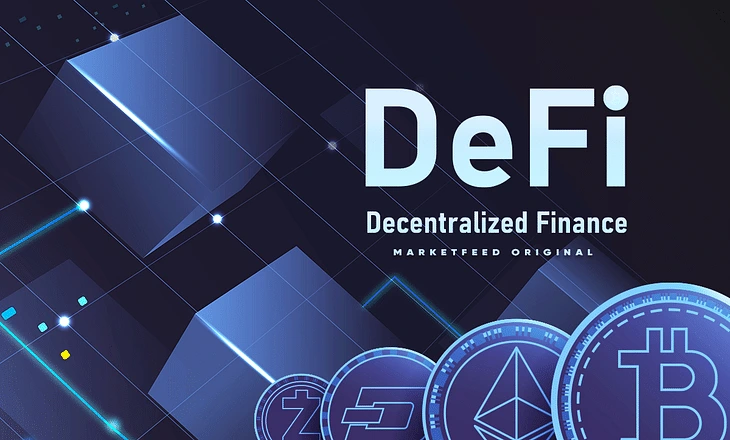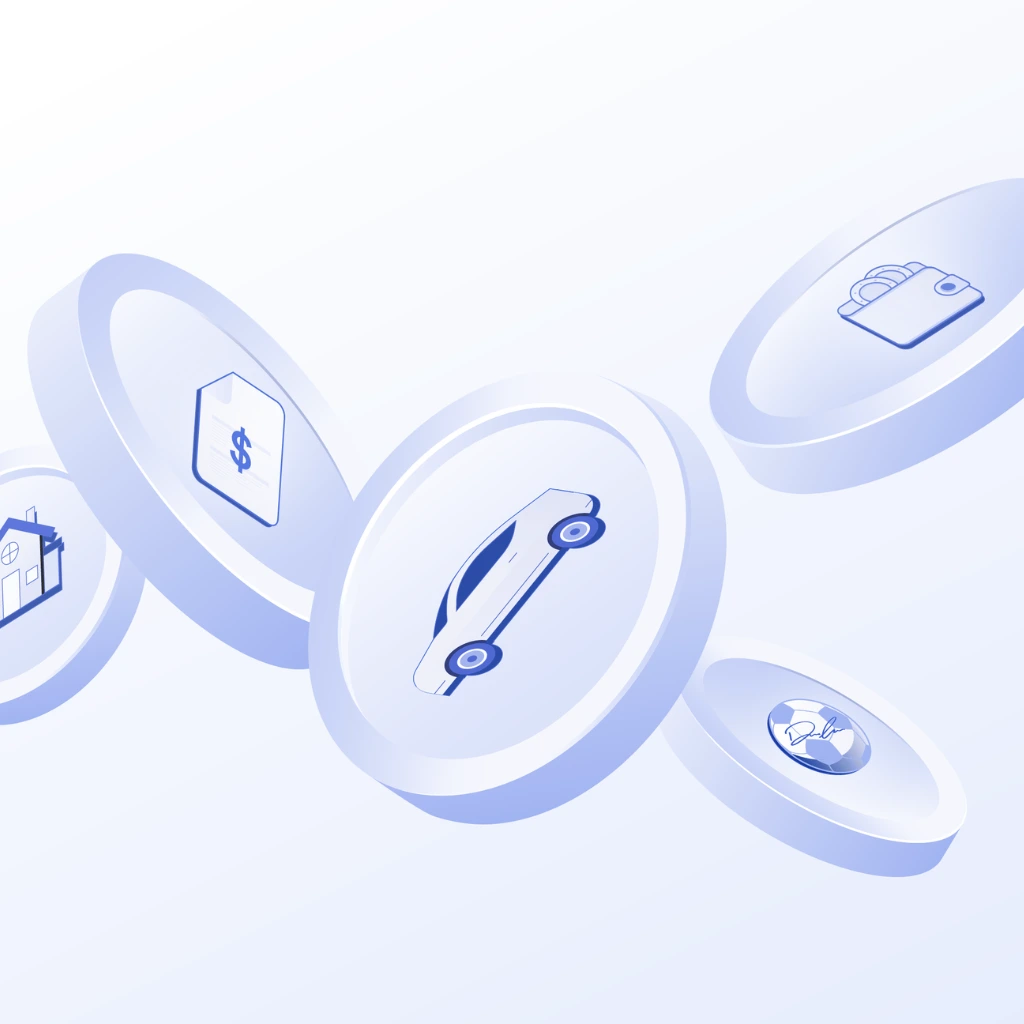RWA Investor Profile: Who’s Really a Fit for Real-World Assets?
RWA Investor Profile: The Pros and Cons of Real-World Assets
Tokenizing real-world assets (RWAs) sounds like a bold new frontier—bringing everything from real estate to private credit onto the blockchain. But before diving in, it’s worth asking: Who’s this really for? Let’s break down the pros and cons of RWA investing to help you figure out whether you fit the RWA investor profile.

The Pros: Why Some Investors Are All In
1. Access to Alternative Yield
RWAs open up investment options that were previously gated—think tokenized T-bills, real estate, or supply chain finance. For yield-hungry investors, especially in a high-interest environment, RWAs can offer returns that go beyond traditional crypto or equities.
Ideal for: Institutional investors, family offices, and yield-focused retail investors.


2. Bridging TradFi and DeFi
RWA investments combine the security and familiarity of traditional assets with blockchain’s efficiency and transparency. This hybrid model appeals to investors who straddle both worlds.
Ideal for: TradFi veterans exploring Web3 or crypto-native investors seeking real-world exposure.


3. Portfolio Diversification
Tokenized assets can add uncorrelated returns to a portfolio, helping investors manage risk across market cycles.
Ideal for: Long-term investors seeking strategic diversification.
4. Innovation and Infrastructure Growth
As institutions join in, better infrastructure and due diligence practices are improving the ecosystem. The early adopters may benefit from this maturing wave.
Ideal for: Early-stage believers who understand the tech and are willing to navigate initial friction.
The Cons: Why RWA Isn’t for Everyone
1. Regulatory Uncertainty
Different jurisdictions treat tokenized assets differently—and sometimes, not at all. The legal status of many RWAs is still evolving.
Problematic for: Investors who want full regulatory clarity before committing capital.

2. Lower Liquidity
RWAs don’t always have active secondary markets. If you need to exit your position quickly, it might not be easy.
Problematic for: Traders, short-term flippers, or those with limited risk tolerance.
3. Platform Risk and Counterparty Exposure
You’re not just trusting the asset—you’re trusting the issuer, the platform, and the tokenization process itself. If any of those fail, so does your investment.
Problematic for: Retail investors who skip due diligence or lack technical/legal understanding.
4. Complexity
RWAs aren’t simple plug-and-play tokens. You need to understand the underlying asset, jurisdictional risks, smart contract design, and more.
Problematic for: Passive investors or those allergic to paperwork and nuance.
So, Who Really Fits the RWA Investor Profile?
You might be a good fit for RWAs if you:
- Understand both the tech and the traditional asset class
- Have a tolerance for lower liquidity and higher complexity
- Aren’t just chasing hype, but are in it for long-term value
But if you:
- Want fast returns
- Need clear regulation across the board
- Prefer simplicity and liquidity…
…then RWAs might not be your next move—and that’s okay.
Final Thought: Know Before You Tokenize
RWA investing isn’t about being first—it’s about being informed. Take the time to understand what you’re buying, how it’s structured, and who you’re trusting. The RWA investor profile isn’t a fixed identity—it’s a mindset.
If you’re patient, curious, and thoughtful? You just might be a perfect fit.
But if you’re not sure? Sit tight, learn more, and remember: some of the best investments are the ones you don’t make… yet.
Relevant Link : Here




